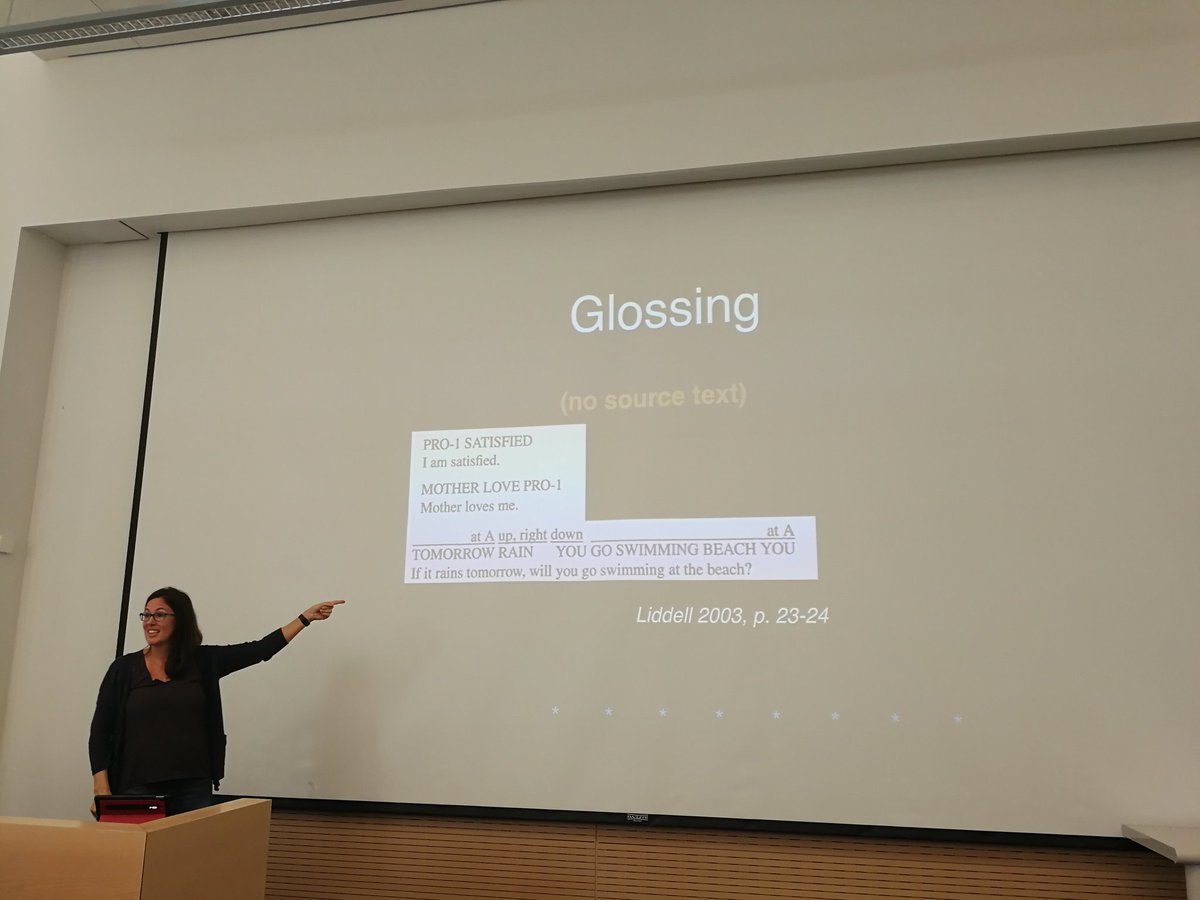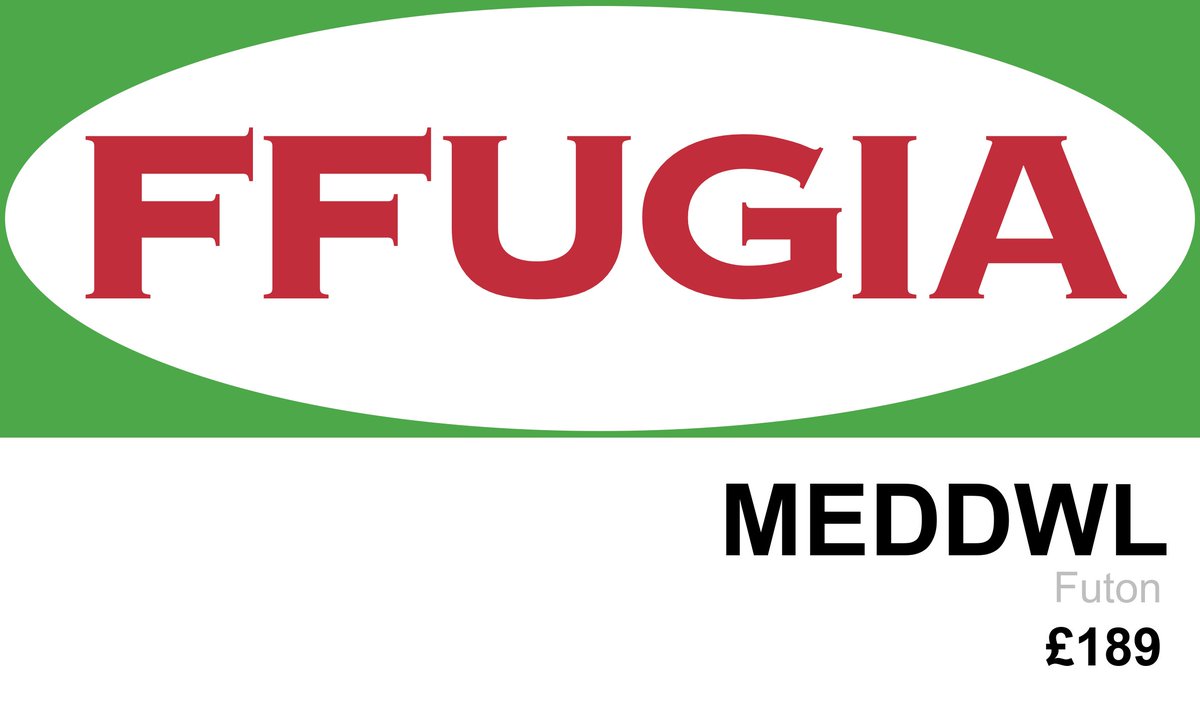#DRRS2019 @jahochcam in her favorite(?) topic: the tyranny of glossing! Glosses are not accessible without a visual representation — glosses+images should be the norm! 



We may think that SL glossing is mostly a thing of the 80s, but it's still being done today. With non-transparent glosses, our documentation of #signlanguages will be lost: we cannot access the sign(ing) being described. #DRRS2019 

Things that can be done (from NOW🤙🤙 on):
1. Stable ID glosses
2. Link to lexical database
3. Link to original data
4. Presenting data in publications with images/videos (alongside glossing)
In the spirit of #openscience, @jahochcam also shares her slides!
#DRRS2019
1. Stable ID glosses
2. Link to lexical database
3. Link to original data
4. Presenting data in publications with images/videos (alongside glossing)
In the spirit of #openscience, @jahochcam also shares her slides!
#DRRS2019

• • •
Missing some Tweet in this thread? You can try to
force a refresh












